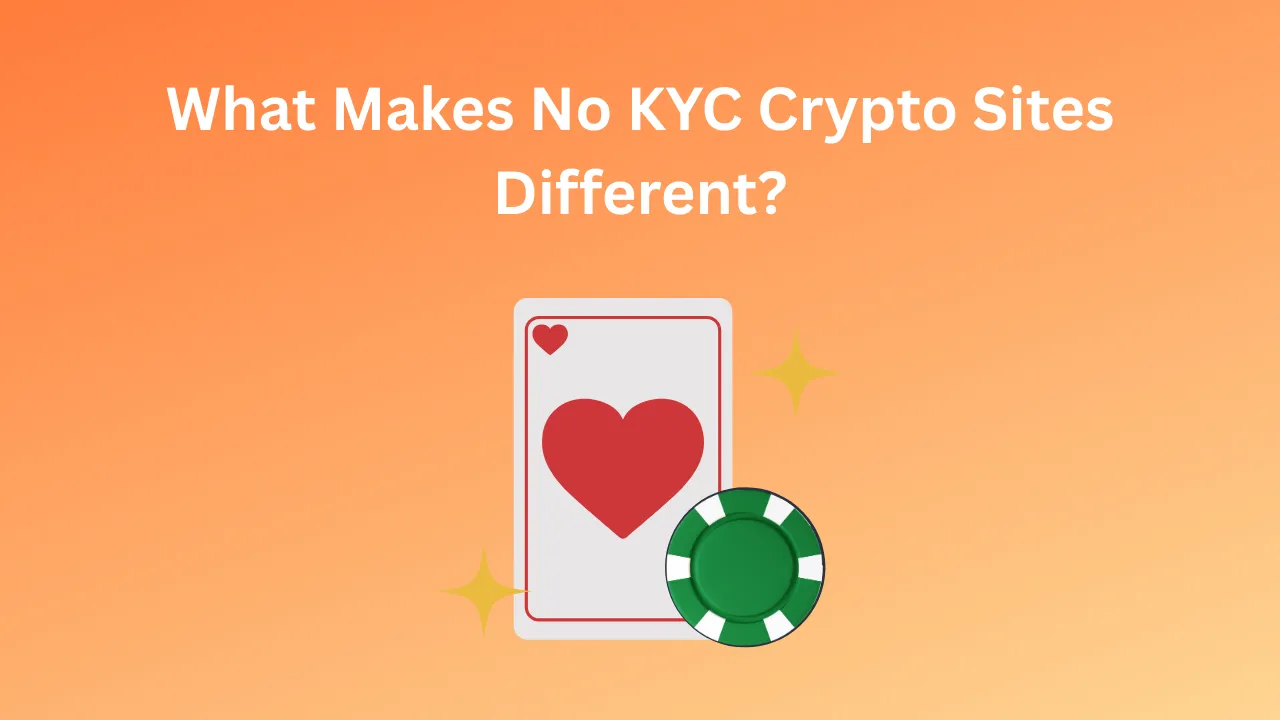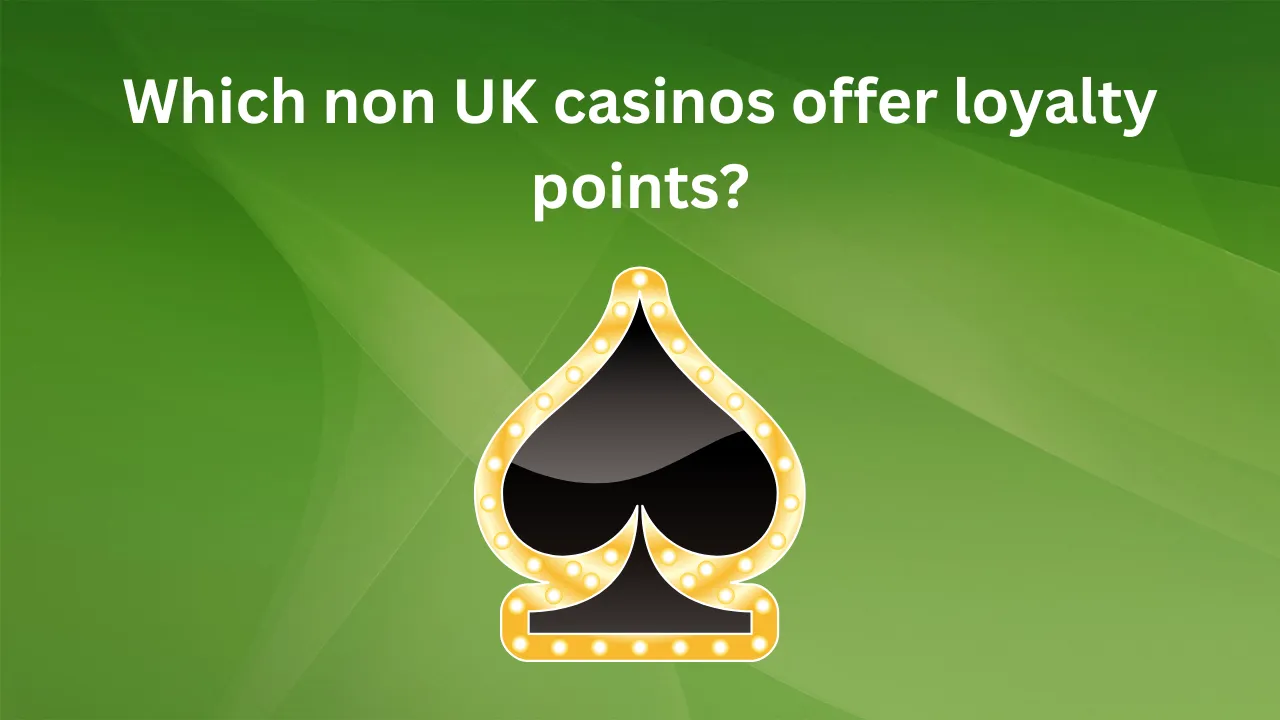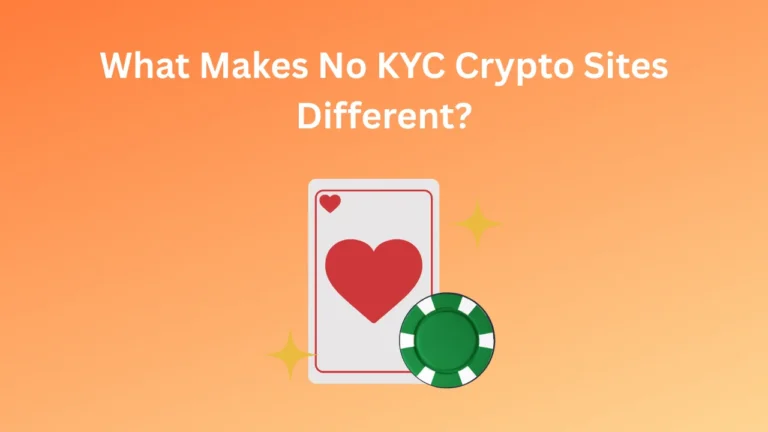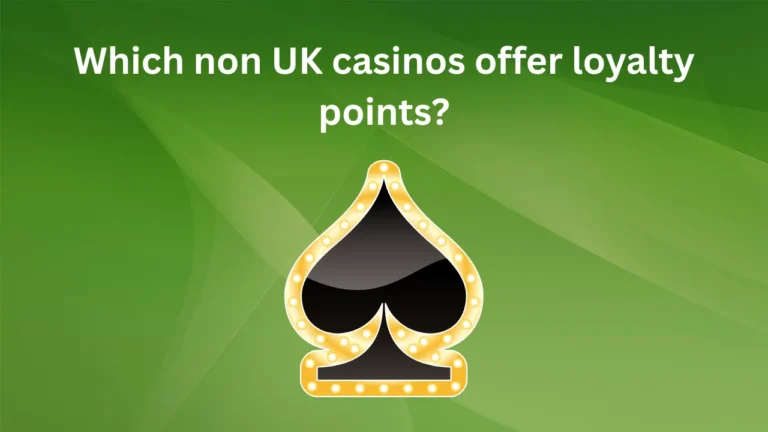When browsing online casinos, one of the numbers that often stands out is RTP—Return to Player. It’s a percentage that tells you, on average, how much of the money wagered on a slot game is returned to players over time. A slot with an RTP of 96% means that for every £100 wagered, about £96 is theoretically paid back to players in the long run, while the casino keeps the other £4 as profit.
But if RTP is simply a measure of fairness, why do different slot games have such varying rates? Some slots boast an RTP of over 97%, while others sit closer to 90% or even lower. To understand this difference, it’s worth looking at how slots are designed, the role of game providers, and the way casinos choose what to offer.
The Basics of RTP in Slot Games
RTP is essentially a statistical calculation built into the game’s code. It doesn’t mean you’ll get 96% of your money back in one session—far from it. Instead, RTP reflects millions of simulated spins, giving a long-term picture of payouts.
This number matters to players because it provides a sense of the game’s value. A slot with 95% RTP is theoretically less generous than one with 97%. Over time, small differences can add up significantly, especially for regular players. However, the excitement of slots isn’t just about RTP; volatility, bonus features, and jackpots also affect the overall experience.
Why RTP Differs Between Games
There are several reasons why RTP values aren’t standardized. First, different game developers design their slots with unique mechanics and goals. A jackpot slot, for example, often has a lower RTP because part of the money wagered goes into building the massive progressive prize pool.
Casinos themselves may also have flexibility in the RTP they offer. Some slot providers release multiple versions of the same game with different RTP settings, and it’s up to the casino to choose which one to host. This is why you may notice the same slot title at different casinos offering slightly different RTP values.
Another reason is player psychology. Flashy slots with popular themes—like branded TV shows or movies—often come with lower RTP rates, simply because demand is so high that players are willing to overlook the reduced returns. On the other hand, lesser-known or experimental titles might feature higher RTPs to attract players. This variation is especially evident when exploring new slot sites uk, which often try to stand out by offering higher RTP games as part of their competitive strategy.
The Impact of Volatility and Game Features
RTP doesn’t tell the whole story of a slot’s experience. Volatility, or variance, is equally important. High-volatility games may pay out less frequently but deliver larger wins when they hit. Low-volatility slots, by contrast, offer more consistent but smaller payouts.
Developers balance RTP with volatility and bonus features to create unique gameplay experiences. For example, a game with lots of free spin rounds, multipliers, or interactive mini-games may offset a slightly lower RTP by offering more excitement. Players drawn to big-win potential may not mind a reduced RTP if it means the chance at a life-changing payout.
Regulation and RTP Transparency
In regulated markets like the UK, RTP must be disclosed to players, usually in the game’s information section. Regulatory bodies such as the UK Gambling Commission ensure that RTP percentages are accurate and tested through independent labs.
Still, it’s important for players to verify this information. Some casinos may not highlight RTP values clearly, or they may feature games with lower RTP settings compared to competitors. Doing a little research can help ensure you’re getting the best possible return for your money.
RTP and Player Strategy
While you can’t change a slot’s RTP, understanding it helps you make informed choices. Serious players often gravitate toward higher-RTP games, knowing that over time, their bankroll will stretch further. Others may prioritize entertainment over optimization, choosing games with engaging features even if the RTP is lower.
It’s also worth noting that RTP is a long-term figure. In a short session, luck plays a far greater role. A player could win big on a 92% RTP slot or lose quickly on a 97% RTP slot. Still, if you’re playing consistently, higher RTPs tend to provide better value in the long run.
The Future of RTP in Online Slots
As competition in the online casino industry increases, RTP is becoming a more prominent selling point. Players are becoming more informed and less willing to settle for poor-value games. Many new operators are highlighting their high-RTP slots as part of their marketing, knowing that transparency and value are strong draws.
At the same time, innovations like skill-based slots and hybrid games may change how RTP is calculated and perceived. These games could introduce elements of player influence that make returns less predictable, but potentially more engaging.
Final Thoughts
RTP differences across slots exist because of a mix of design choices, casino flexibility, player psychology, and market competition. For players, understanding these differences helps in choosing games that suit their style and goals.
If you’re looking to maximize value, seek out games with higher RTPs, especially at casinos that promote transparency. If entertainment is your priority, don’t be afraid to try lower-RTP games with exciting features—just know what you’re getting into.
Ultimately, RTP is one piece of the puzzle. Combined with volatility, features, and your own playing style, it shapes the slot experience. And as the industry continues to evolve, RTP will remain a key factor in how players judge the fairness and appeal of their favorite games.







